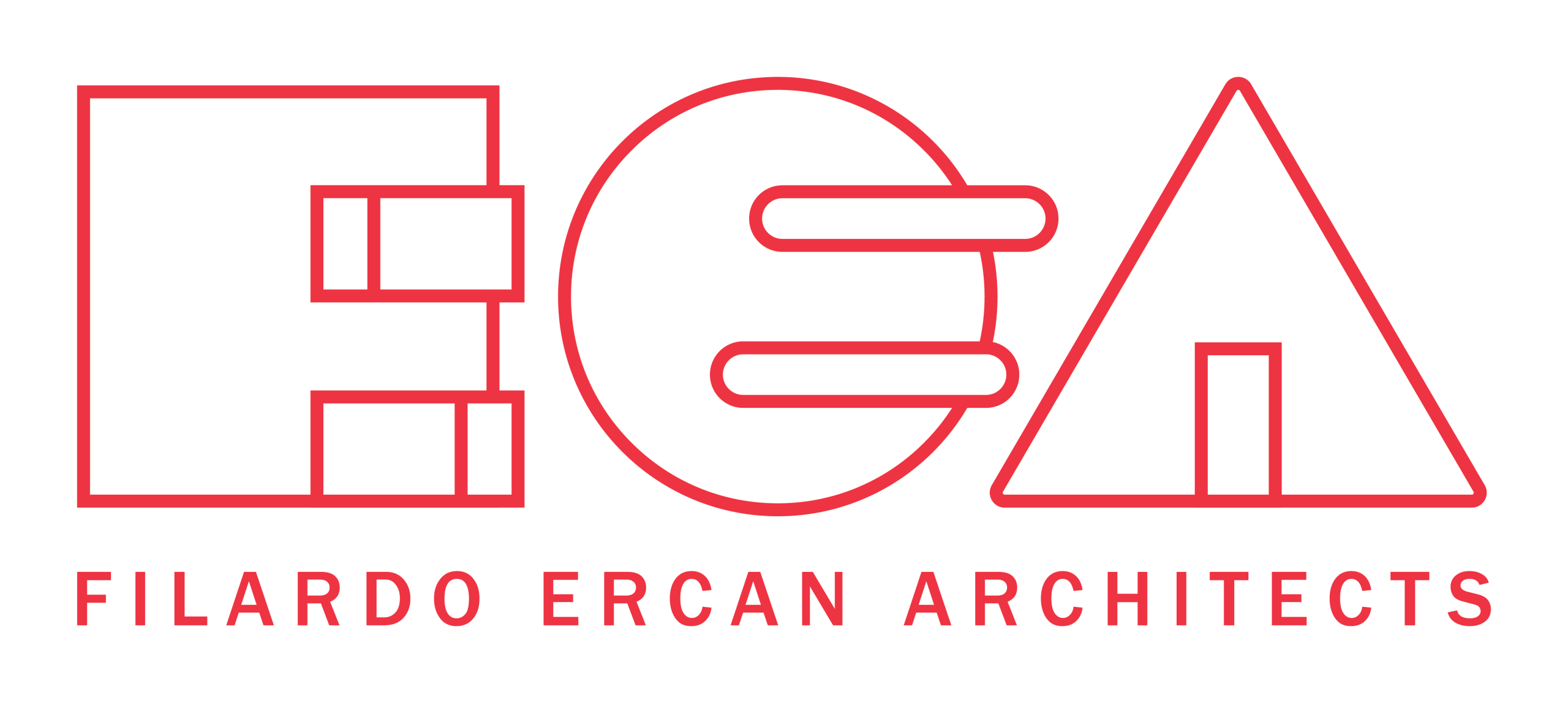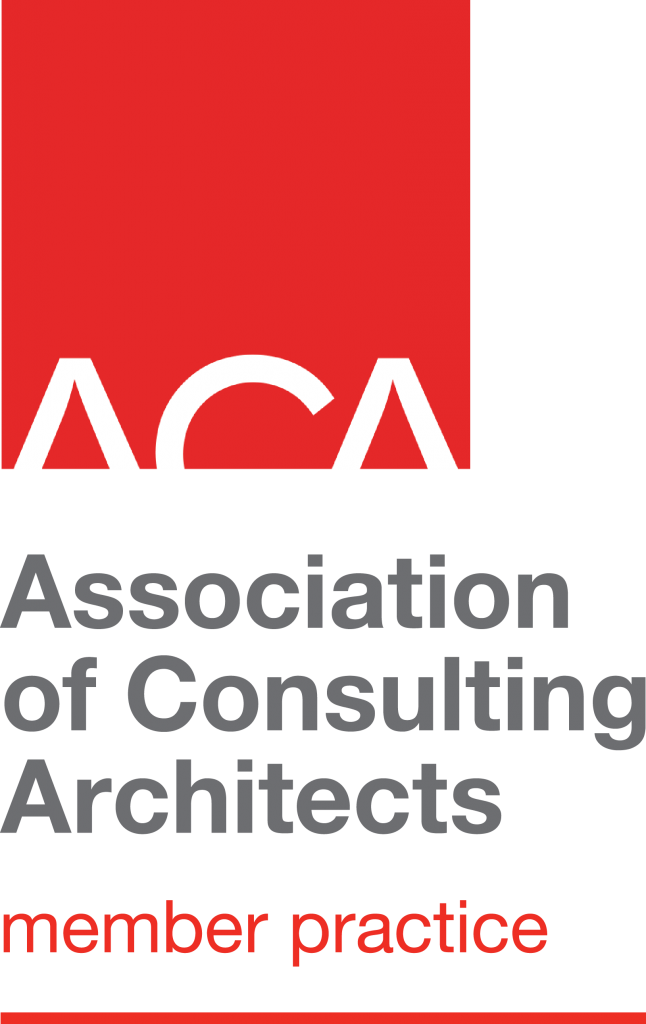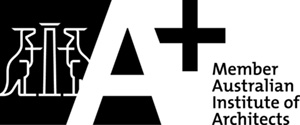Look, I’ve been in this game long enough to know that most people think architectural design is just about drawing pretty pictures and picking out tiles. But here’s the thing – there’s actually a method to the madness. And if you’re thinking about working with architects like the team at Filardo Ercan here in Canberra, you should probably know what you’re getting yourself into.
## **The Brief – Where Everything Actually Starts**
This is where we sit down and I basically interrogate you about your life. Not kidding.
What do you actually want? How do you live? What drives you crazy about your current space? The folks at FEA are particularly good at this part – they don’t just nod and take notes. They dig deeper. They want to know if you’re a morning person, if you hate doing laundry, if your mother-in-law visits every weekend.
Because here’s the secret: **good architecture isn’t about the architect’s vision. It’s about YOUR life.**
## **Site Analysis – The Reality Check**
Next comes the part where we burst your bubble. Just a little.
We need to look at:
– What’s actually possible on your land
– Where the sun hits (and where it doesn’t)
– What the neighbors can see
– Those pesky council regulations
– The slope, the trees, the weird shaped boundary
I’ve seen too many people buy land thinking they’ll build their dream mansion only to find out they can only build on 20% of it. The FEA team knows Canberra’s quirks inside out – they’ll tell you straight up what’s possible.
## **Concept Design – The Fun Begins**
This is where things get exciting. We start sketching, playing with ideas, moving walls around like it’s a game of Tetris.
You’ll see:
– Rough sketches (don’t expect perfection yet)
– Basic floor plans
– Maybe some 3D views if we’re feeling fancy
– Different options to consider
The key here? **Stay flexible.** Your first idea is rarely your best idea. I’ve worked with clients who were CONVINCED they needed a certain layout, then we show them option B and their minds are blown.
## **Design Development – Getting Serious**
Okay now we’re cooking. This is where those rough sketches turn into something real.
We’re talking about:
– Detailed floor plans
– Elevations (what it looks like from outside)
– Sections (imagine cutting through your building like a cake)
– Material selections
– Window and door schedules
This phase can feel overwhelming. Suddenly you’re making 100 decisions about things you didn’t know existed. But here’s my advice – trust your architect. They do this every day. You don’t.
## **Documentation – The Boring But Critical Part**
I won’t lie. This part isn’t sexy. But it’s where the rubber meets the road.
We create:
– Construction drawings
– Specifications
– Detail drawings
– All the paperwork council needs
Think of it like a recipe book for your builder. Miss an ingredient, and the whole cake falls flat. The FEA team is meticulous here – they know that good documentation saves money and headaches during construction.
## **Approvals – The Waiting Game**
Remember when I said architects know the local regulations? This is where it pays off.
We handle:
– Development applications
– Building approvals
– Heritage approvals (if needed)
– Any other bureaucratic hoop-jumping required
In Canberra, this can take… a while. But experienced firms like FEA know how to navigate the system. They speak fluent “council” and know which battles to fight.
## **Construction Documentation – The Final Push**
Once we get the green light, we fine-tune everything.
This includes:
– Final construction drawings
– Tender documents
– Builder selection assistance
– Contract administration
Some architects wash their hands at this point. The good ones stick around to make sure what gets built matches what was designed.
## **The Truth Nobody Tells You**
Here’s what 30 years in architecture has taught me: **the process is messy**. It’s not linear. You’ll go backwards sometimes. You’ll change your mind. The budget will stress you out. You’ll have moments of doubt.
But – and this is important – that’s normal.
What matters is having an architect who gets it. Who doesn’t make you feel stupid for asking questions. Who explains the “why” not just the “what.” Who remembers that this is YOUR project, not their portfolio piece.
From what I’ve seen of Filardo Ercan Architects’ work around Canberra, they understand this. They’re not trying to win awards (though they probably could). They’re trying to make spaces that work for real people living real lives.
And at the end of the day? That’s what good architecture is all about.
**One last thing** – if an architect ever makes you feel like your ideas don’t matter, or that you “wouldn’t understand,” find another architect. Life’s too short and building is too expensive to work with someone who doesn’t respect you.
Trust the process, but trust your gut too.



